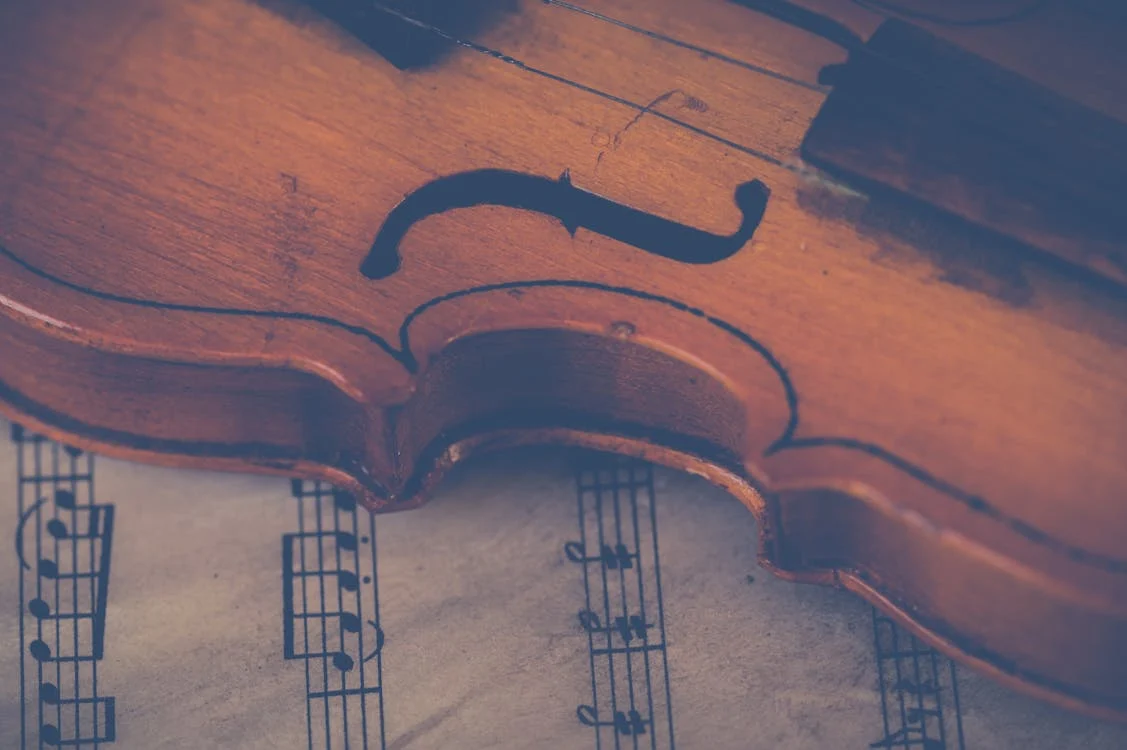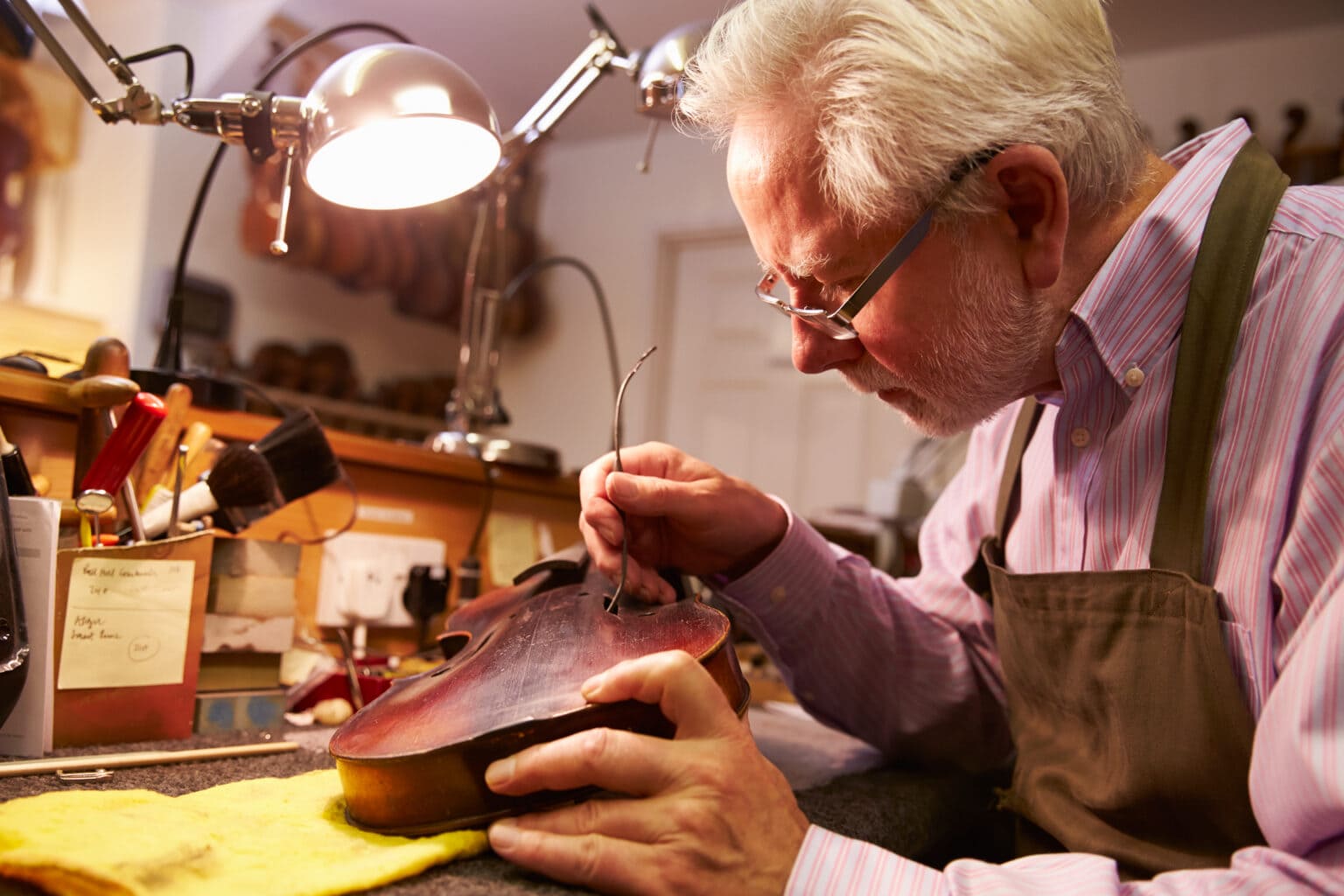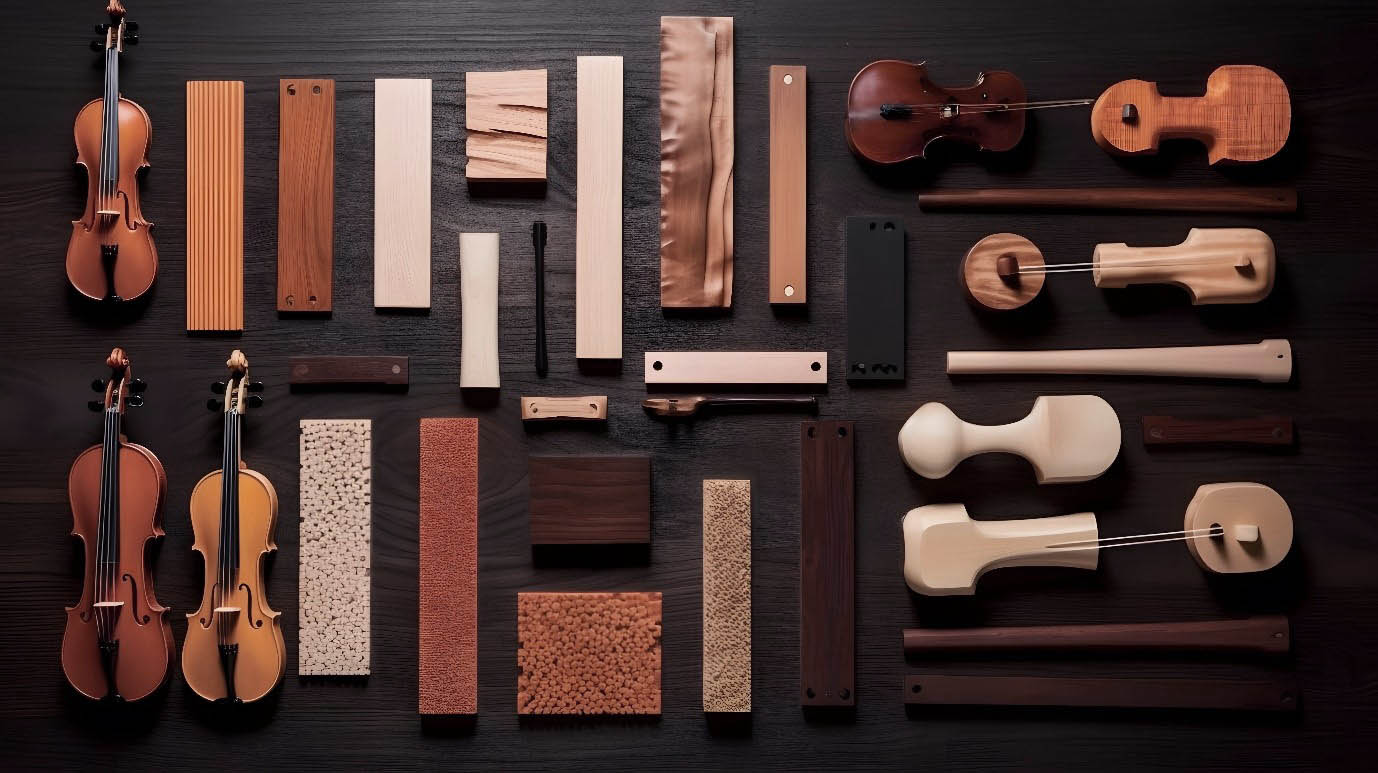If you are embarking on the enchanting journey of violin playing, here are some key techniques and skills essential for all aspiring violinists. In this comprehensive guide, we’ll explore the foundational elements that set the stage for a successful and fulfilling musical voyage.
- The Perfect Posture: Begin your journey with a focus on proper posture. The stance of violinists is the cornerstone of their performance. Explore the nuance of maintaining an upright posture, balanced shoulder position, and relaxed but firm grip on the violin and bow.
- Bowing Techniques: Dive into the art of bowing, a critical skill that defines the sound of violinists. The importance of consistent bow pressure, varying bow speed, and mastering the delicate balance between the bow and strings matters more. Provide exercises to enhance control and precision.
- Finger Placement and Intonation: Delve into the world of finger placement and intonation—the heart of producing beautiful melodies. Guide aspiring violinists on proper finger positioning, emphasizing the importance of muscle memory and ear training for accurate intonation.
- Vibrato Mastery: Uncover the secrets of vibrato, a technique that adds warmth and expressiveness to violin playing. Break down the mechanics of vibrato, offering step-by-step exercises to help violinists develop this captivating skill.
- Rhythm and Timing: Explore the role of rhythm and timing in creating a compelling musical performance. Provide insights into effective practice methods for developing a strong sense of rhythm, including the use of metronomes and rhythmic exercises.
- Dynamics and Expression: Guide violinists in understanding the power of dynamics and expression. Discuss how subtle changes in bow pressure, speed, and volume can transform a piece, allowing musicians to convey emotion and connect with their audience.
- Art of Pizzicato: Explore the technique of pizzicato, where the strings are plucked instead of bowed. Discuss the different types of pizzicato and how mastering this technique adds a unique dimension to a collection of violinists.
- Articulation and Bowing Styles: Examine the importance of articulation in violin playing and the various bowing styles that contribute to the richness of sound. Provide exercises to help violinists develop control over articulation and experiment with different bowing techniques.
- Double Stops and Harmony: Introduce the concept of double stops, where two strings are played simultaneously, and how they can be used to create harmony. Explore exercises to help violinists develop accuracy and coordination when playing double stops.
Conclusion: Remember that mastering these fundamental techniques is an ongoing process for becoming a violinist. Consistent and focused practice, coupled with a passion for the art, will lead to continuous improvement. Whether you’re a beginner or an intermediate player, these skills will serve as the building blocks for a rewarding experience in the world of violin music.
Intensify your musical journey with ViolinNetwork—a platform dedicated to personalized lessons and a vibrant community of passionate violinists. Elevate your skills, connect with fellow musicians, and embark on a journey of artistic exploration. Join us at https://violinnetwork.com/ today.









